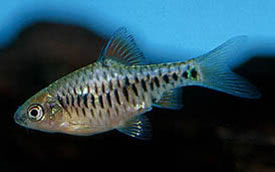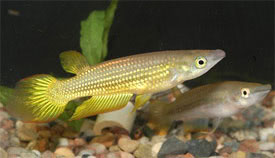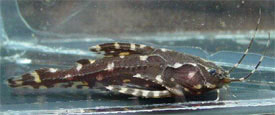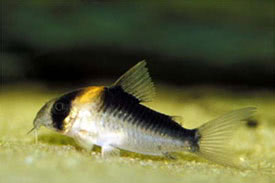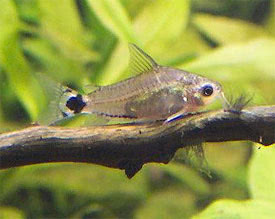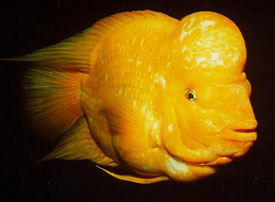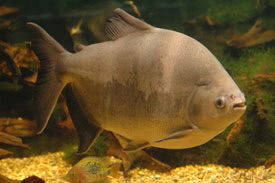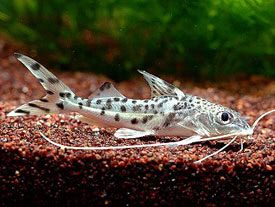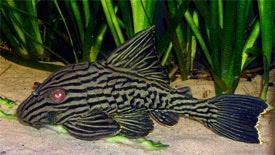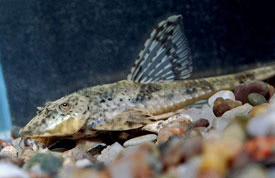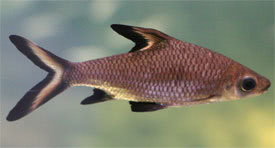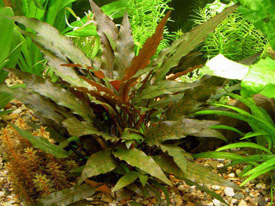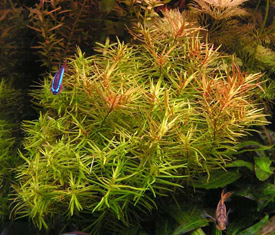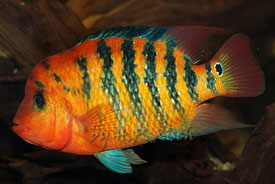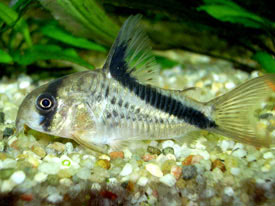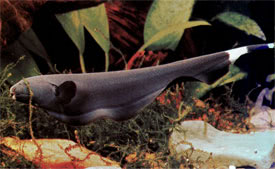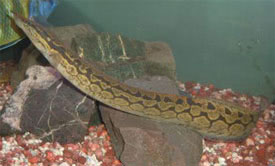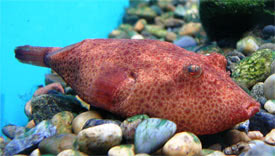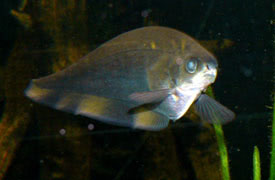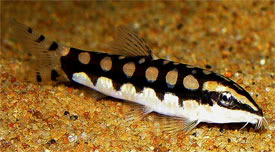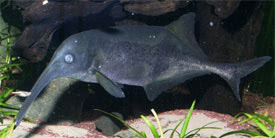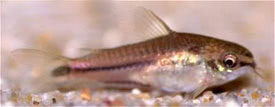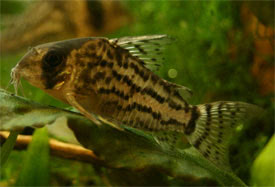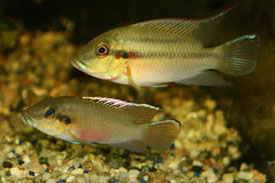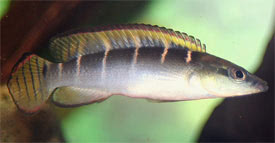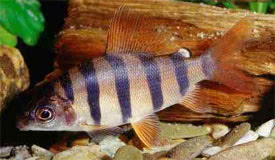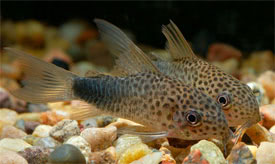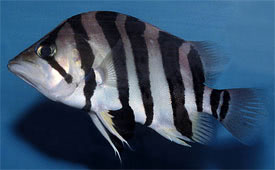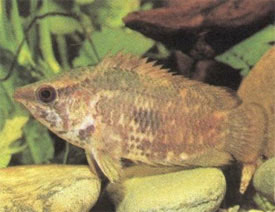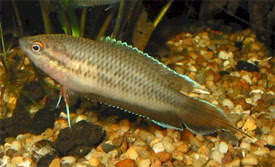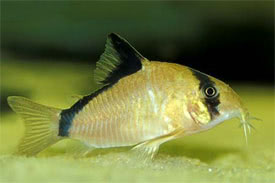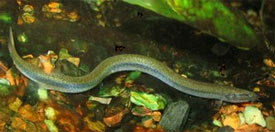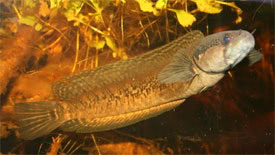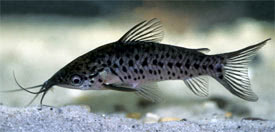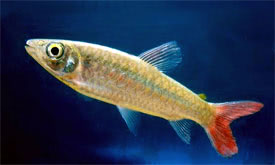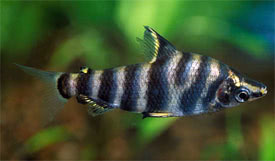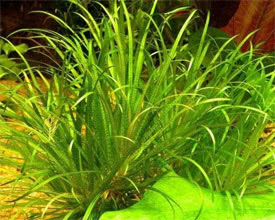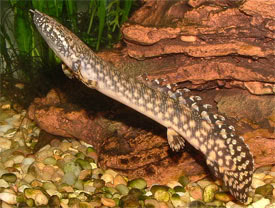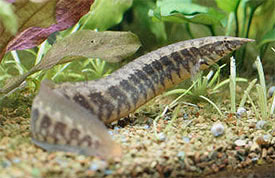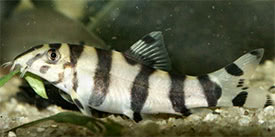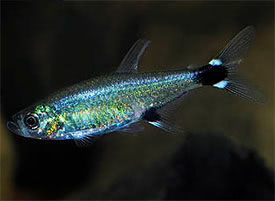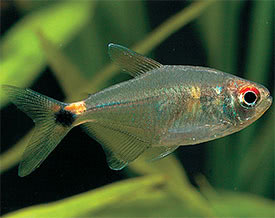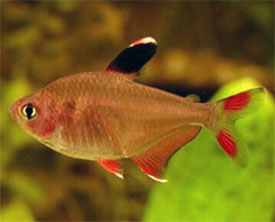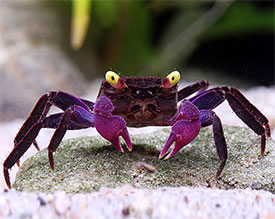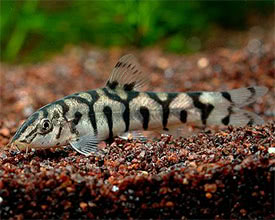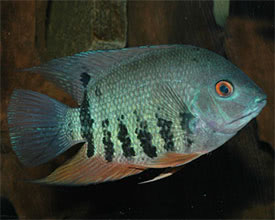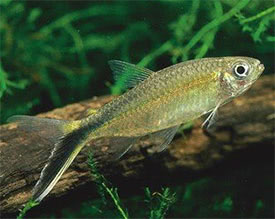
 Magyarul / Hungarian
Magyarul / Hungarian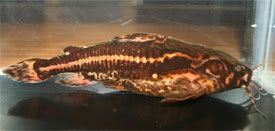

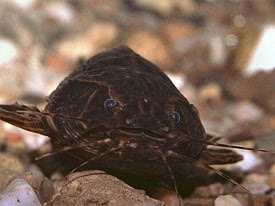
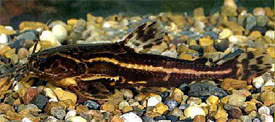
- Scientific name: Acanthodoras cataphractus
- Common name: Spiny catfish, Chocolate Raphael, Chocolate Talking Catfish, Milky Catfish
- Group: Catfishes
- Habitat: South America, Brazil, Columbia, Bolivia, Peru, Gayana
- Size: 10-15 cm
- Biotope: Mouth of the Amazon river in calm waters of swamps.
- Social behavior: Peaceful, it may be combined with all species.
- Diet: Omnivorous; algae; tablets in the evening.
- Breeding: Breeding has been achieved in captivity, but it's very rare.
- Tank: Minimum 120 litres
- Population: 4-5 fish for 150 litres
- Decoration: Provide plenty of caves and other hiding places. Due to their behavior of digging through the substrate for their food, sand or round gravel should be used to prevent damage to their barbels.
- Temperature: 22-28 °C
- pH: 6-7
- Hardness: 0-20 NK°
- Lifespan: 16 years
Description: These catfish lack scales, but their bodies are armored with a lateral row of bony plates. The head is large and flattened. There are three pairs of barbels and the eyes are small. An undemanding species which will consume detritus or foods left by other fishes. These fish are nocturnal; during the day, this species lies hidden in the underwater roots and stocks. Prefers peat-brown water with roots and other hiding areas. It likes to burrow in a soft mulm-like bottom. Females will be larger than the males with a plumper body shape. The dorsal and pectoral fin spines are stiff and sharp and can inflict a painful wound. Acanthodoras cataphractus is able to produce sounds;
There are mixed reports of these breeding in the aquarium. Mature pairs have been seen digging a pit in the substrate and depositing their eggs. Both parents guarded the nest until hatching but there are no reports of fry surviving past this stage.



















